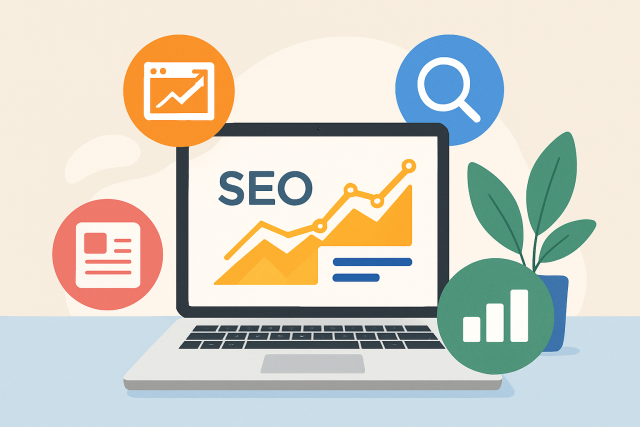
WIX vs WordPress for SEO - which platform ranks better?
Explore the detailed SEO battle between WIX and WordPress to find out which platform drives better s...
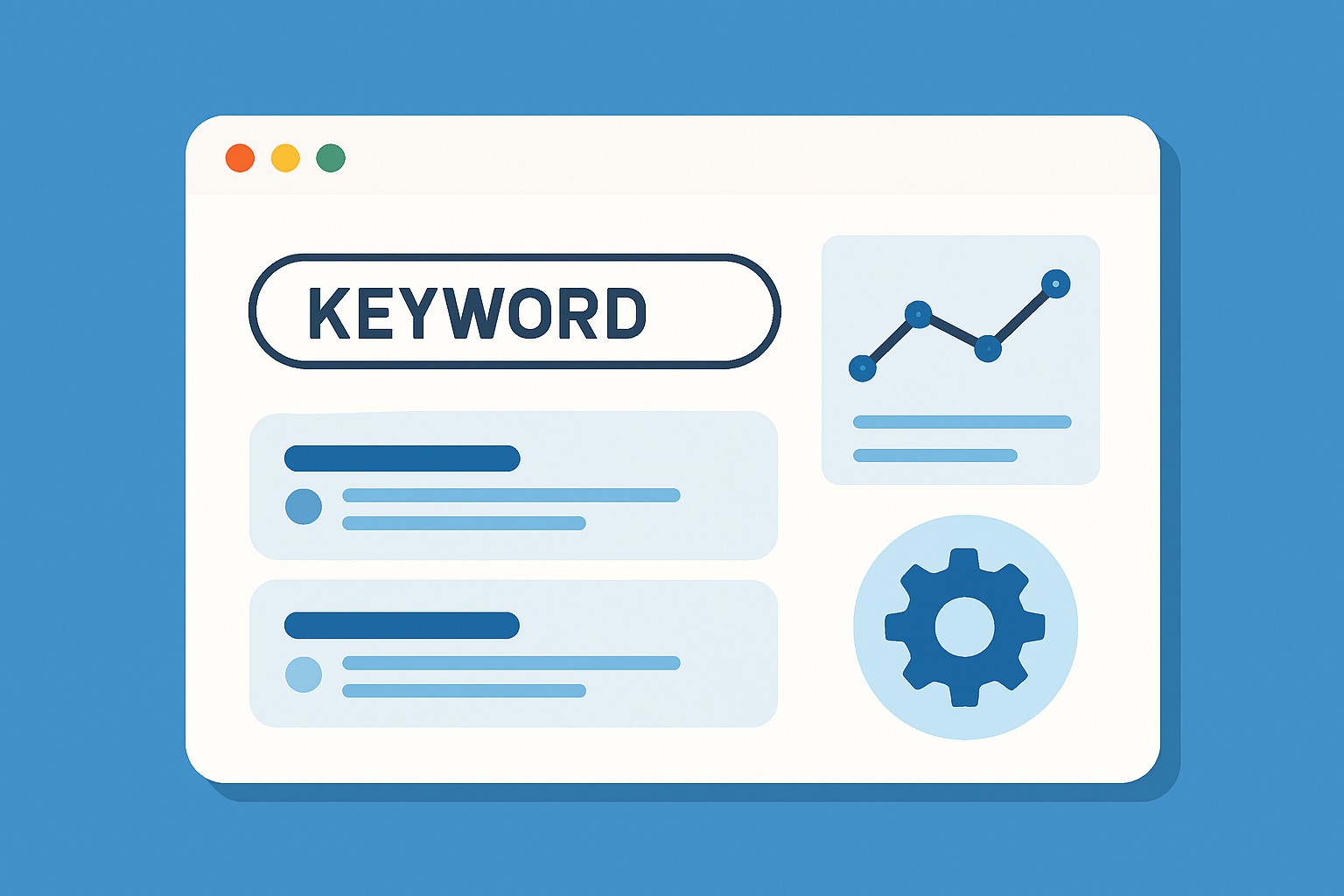
Single page SEO really holds its own in today’s web world where many sites pack all their content onto one detailed page. Mastering single page SEO can boost your search rankings and make the user experience smoother and more focused
Single page SEO is all about fine-tuning a website that leans heavily on just one main page, rather than juggling several. Unlike the usual SEO tactics that spread their wings across multiple pages, this one hones in on sprucing up everything within a single URL to catch the eye for a range of search queries.
Effective single page SEO is all about fine-tuning key on-page elements like meta tags, header structure, URL design and well-organized content.
Crafting content for a single page site is all about striking the right balance between sprinkling in keywords and keeping things easy on the eyes. Splitting the content into clear, digestible sections and weaving in semantic keywords not only helps avoid the dreaded keyword cannibalization but also keeps visitors genuinely engaged as they navigate through different topics
Kick things off with focused keyword research to uncover both your main and related terms that fit your single page perfectly.
Break your content into bite-sized sections using clear headers and subheaders to help readers stay on track.
Sprinkle in semantic and LSI keywords naturally because it boosts relevance without sounding forced.
Make sure the content flows smoothly so it’s easy to read and engaging enough to hold attention from start to finish.
Watch out for keyword stuffing since overusing any single term can disrupt the tone and might cause problems with search engines.
Keep your page content fresh and updated regularly to stay ahead with new trends and the latest information.
When it comes to single page websites, nailing the technical SEO can feel a bit like trying to fit a square peg in a round hole—but fear not, it’s absolutely doable. These factors aren’t just checklist items; they’re the secret sauce that helps your one-pager punch above its weight in search rankings.
Technical SEO for single page sites calls for a keen eye on page speed and structured data, mobile responsiveness and JavaScript management.

Illustration displaying key technical SEO elements critical for optimizing single page websites.
User experience plays a huge role in how single page sites climb the ranks. Think smooth navigation and intuitive design paired with snappy response times and accessibility—all working together to keep people engaged.
Getting the hang of internal linking and nailing your anchor text can feel a bit like threading a needle—tricky at first but incredibly satisfying once you get it right. When it comes to single page websites, these tactics aren’t just helpful; they’re absolutely key for guiding your visitors smoothly through the content and giving search engines the right cues to follow. Let’s dive into how you can sharpen these strategies and maybe even add a little flair while you’re at it.
Using strategic anchor links within a single page not only helps search engines crawl the content more effectively but also makes life a lot easier for users trying to find their way around.
Zero in on the key parts of your page that deserve their own anchor links—those vital spots users want to jump to without fuss.
Pick anchor text that’s clear, packed with relevant keywords and gives a no-nonsense preview of exactly where it’s headed.
Put together a handy table of contents or a sticky navigation menu that guides users straight to these sections.
Keep your anchor links laser-focused. Throwing in too many or repeating the same ones can muddy the waters and hurt your SEO efforts.
Give your anchor links a regular once-over to make sure the scrolling feels smooth and they land individuals right where you meant them to be.
To get a feel for how your single page SEO is holding up, it is smart to keep tabs on key metrics like search rankings for your target keywords and the volume of organic traffic rolling in. You should also track how engaged your users are, bounce rates and the technical details such as crawl errors and page load speeds.
| Metric | Description | Recommended Tools | Impact on SEO Decisions |
|---|---|---|---|
| Keyword Rankings | Keep an eye on where your target keywords are hanging out at the moment | Moz Pro, Mangools | Gives you a clear sense of whether your online visibility is on the up and helps steer your content priorities |
| Organic Traffic | The count of visitors landing on your site through search engines | Google Analytics, Moz | Offers a solid overview of your SEO health and signals how your audience is evolving over time |
| Bounce Rate | Percentage of visitors who hit your page and bolt almost immediately | Google Analytics | Flags potential hiccups in user experience or when your content isn’t quite hitting the mark |
| Engagement Metrics | Things like how long individuals stick around, how far they scroll, and what they interact with | Hotjar, Google Analytics | Reveals how well your content resonates and keeps people interested |
| Crawl Errors | Snags search engine bots run into while trying to explore your site | Moz Pro, Google Search Console | Shines a light on technical gremlins that could be blocking your pages from getting indexed |
| Page Load Time | The speed at which your page springs to life | GTmetrix, Google PageSpeed Insights | Plays a important role in search rankings and, let’s be honest, how happy your visitors feel |
Single page SEO often comes with its own perks but also throws a few curveballs your way—think slower loading times and keyword cannibalization headaches as well as the occasional JavaScript SEO hiccup.
Many single-page sites often miss the mark when it comes to the value of semantic content segmentation. Thoughtfully using proper headers and grouping keywords isn’t just a neat trick for navigation—it genuinely helps users find their way around your site with ease, and it gives search engines a clearer picture of what your page is really about. In my experience, it’s one of those small tweaks that can make a surprisingly big difference. — SEO Expert and Author
Advanced single page SEO strategies often rely on using rich snippets through structured data. They also fine-tune content based on user behavior analytics, optimize for popular voice search queries, and run A/B tests on various page elements to see what truly clicks.
Use structured data markup to give your pages the best shot at earning rich results and make those search listings pop off the page.
Tailor your content on the fly based on how users actually interact to crank up engagement. It’s like having a conversation that adapts to your audience.
Optimize for voice search by zeroing in on natural conversational keywords and questions so it feels more like chatting with a friend than talking to a robot.
Include A/B testing to fine-tune headlines, calls to action and various content bits because sometimes the difference between meh and wow is just a tweak here or there.
Sprinkle in some progressive web app technologies to speed up loading and keep your site humming along offline, which users will quietly appreciate more than you might expect.
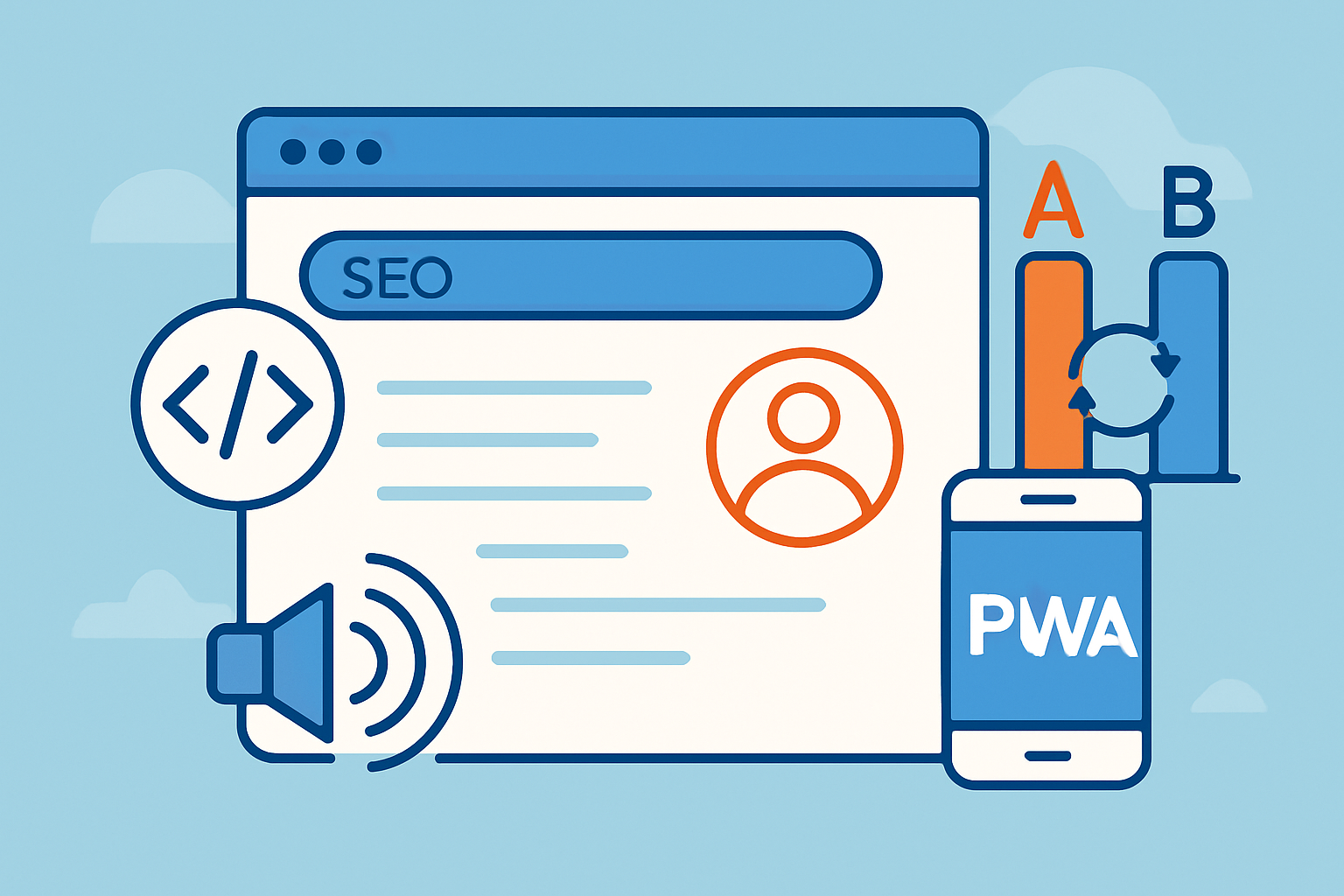
Conceptual visualization of advanced SEO techniques applied to single page websites.
To nail effective single page SEO, it’s vital to stick to a clear plan that covers thorough keyword research and fine-tuning meta tags and headings. You should also organize your content into digestible sections. Plus, you can’t forget building a rock-solid technical foundation, making the user experience smooth, and keeping a close eye on performance with regular check-ins.
This step really sets the tone.
Think of it as giving your content a friendly nudge in the right direction.
Especially site speed, schema markup and mobile responsiveness. These little details often make a big difference.
With easy navigation and a design that’s both engaging and welcoming.
Using trusty tools like Moz Pro or Mangools. It’s worth the occasional deep dive.
15 articles published
As a trailblazer in the field of user experience design, Indira Chaudhari seamlessly integrates captivating storytelling with innovative technology, crafting immersive digital journeys that resonate with consumers on a profound level.
Read Pages
Explore the detailed SEO battle between WIX and WordPress to find out which platform drives better s...
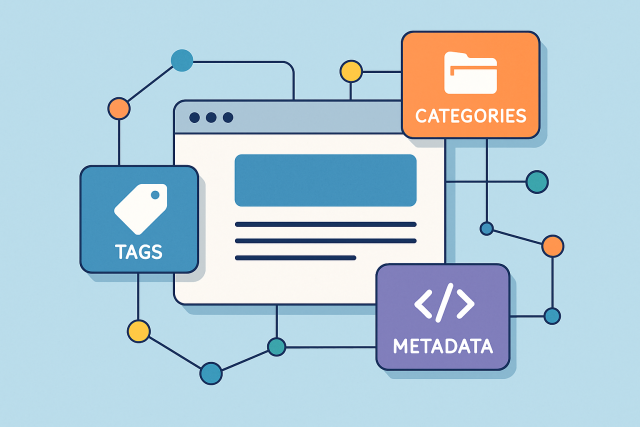
Unlock the power of taxonomy SEO to organize your site content strategically. This guide covers foun...
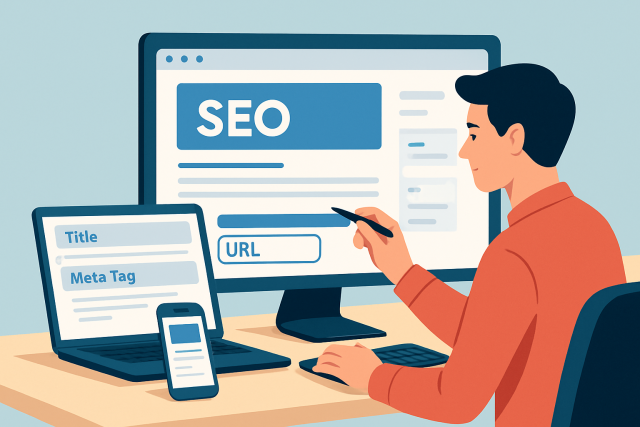
Unlock the full SEO potential of your Weebly website without relying on additional tools. Learn expe...

Unlock expert strategies in conversational SEO that go beyond traditional tactics. Learn practical t...